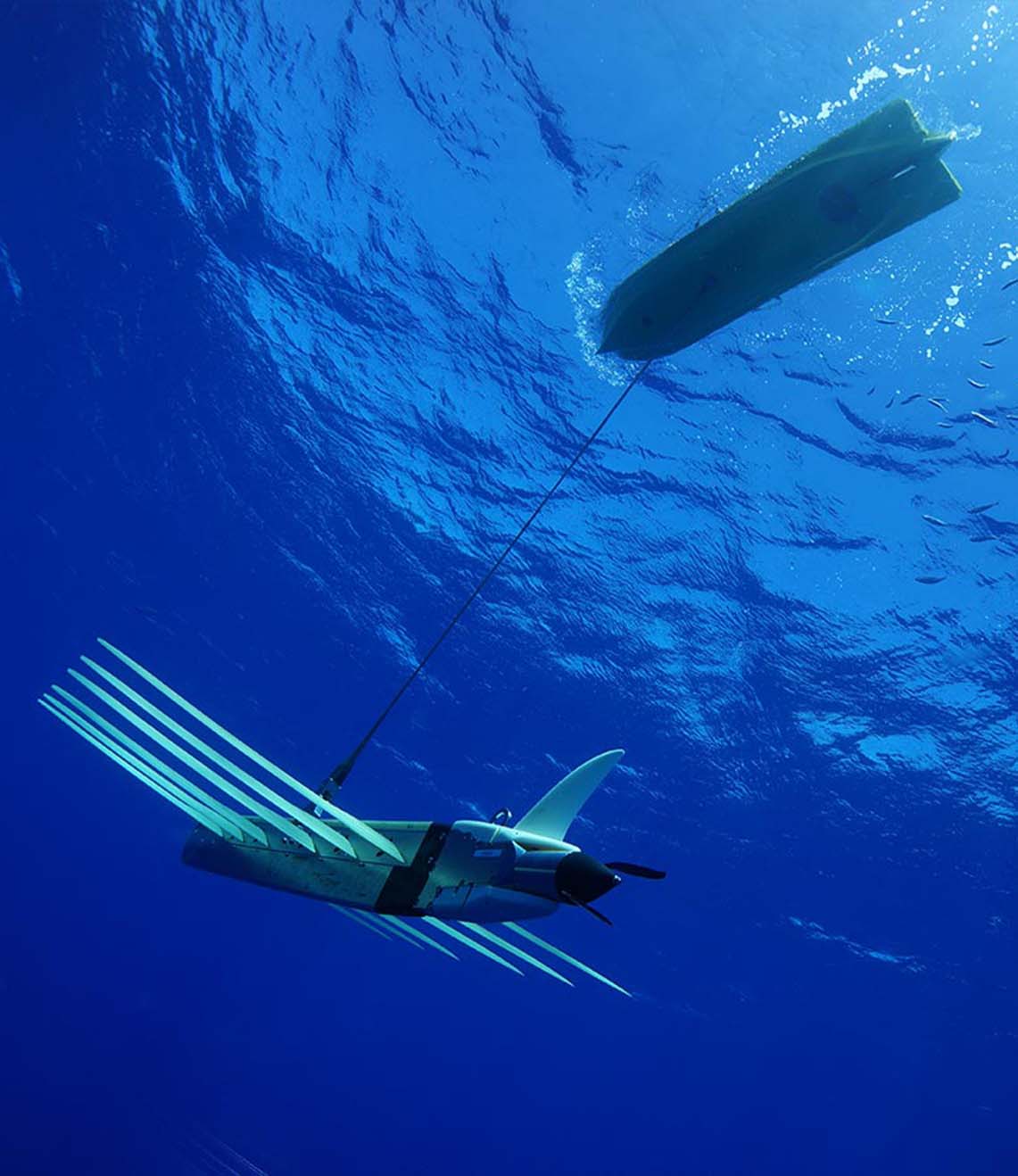How can we help?
What is an ADCP and how does it work?
17 April 2023
What is an ADCP?
An Acoustic Doppler Current Profiler, ADCP, is an instrument that uses sound waves to measure currents through the water column.
How does an ADCP work?
To measure water currents with sound, ADCPs use a principle of sound waves known as the Doppler effect. The Doppler effect is the shift in the frequency of a sound wave caused by movement between an emitting or reflected sound source and the receiver, whereby a sound wave that is moving toward you has a higher frequency and vice versa.
An ADCP works by transmitting “pings” of sound at a constant frequency out into the water column from its transducers. As these pings travel, they scatter off particles in the moving water and reflect back to the device.
If the particles are moving the scattered signal is Doppler-shifted, which means there will be a difference in frequency between the sound waves the profiler transmits and those it receives back. And it is this shift that is used to calculate water speed at the location of the particles.
The return time of scattered sound waves corresponds to distance from the instrument, with later-time returns relating to more distant water and vice-versa. So by measuring this together with the Doppler shift, an ADCP can measure current speeds throughout a water column i.e a profile of current measurements.
To get a three-dimensional water current profile, returns are combined from a minimum of 3 transducers. Many ADCPs have more than 3 beams, for purposes including provision of redundancy and error correction, and determination of wave and turbulence metrics.
ADCPs are available in many different frequencies, with choice of frequency being a compromise between profiling range and resolution. Low frequency instruments, like the Origin 65, will provide lower resolution data but to a greater depth range (around 800 m in the case of Origin 65). Whereas higher frequency instruments, like the Origin 600, have a smaller profiling range (around 50 m for Origin 600) but provide higher resolution data.
Contact support@sonardyne.com for more information.
Looking for more content?
Find more product support in our Knowledgebase
Haven't found what you're looking for?
Then speak to one of our team for expert help




